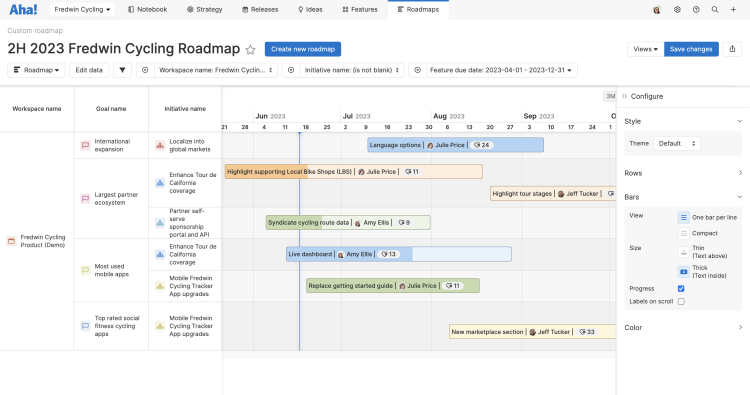
The Real Problem With Consensus Building
Good ideas often die quiet deaths. Typically no one notices because the demise is gradual. The spark starts to flicker out when folks realize a new approach might challenge the status quo. Promise fades as people push for changes that support their own perspective. Uniqueness disappears as the idea is diluted down and the team compromises.
Consensus building strikes again. You agreed your way into a comfortable place.
You are not alone if this sounds familiar. Product managers need to engage and rally lots of folks on a daily basis — from executives to sales teammates to end users. You need ideas, feedback, and support for your product to succeed. It is a delicate dance between leading and listening.
Product development is collaborative by nature. You do not want to shut down the broader team's input and you need to instill team spirit too. People will be more likely to contribute to the successful implementation of the roadmap if they had a say in the plan, right? You want to foster goodwill — making everyone feel "heard."
There is a real danger lurking in building products by consensus. You can miss out on opportunities by staying in the safe zone.
When you make group agreement the focus, you are not making decisions based on what is best for the business or the customer. You are making decisions based on what is most appealing to your colleagues. Consensus building often leads to an undifferentiated product and a predictable future that serves no one well.
Reaching an agreement with the team should not supersede reaching your product goals. A culture that supports consensus building is almost always hiding a deeper problem:
Comfort over innovation
You want to deliver what customers will love. Consensus building can be a sign that the organization acquiesces to certain individuals — either because of seniority or personality. Naturally there will be leaders in any product team who bring depth to discussions. You just want to watch out for those who always choose the comfortable answer. Customers should not take a back seat in the conversation.
"Why?" over "why not?"
You want to deliver to customers quickly. Yet you are spending your time pulling data, making charts, building slide decks, setting up meetings — all to prove that the idea in question is worthwhile. “Has so-and-so seen this?” You need sign off from everyone and anyone to move forward. Bureaucracy kills momentum.
Convention over transformation
You want to deliver more value over time. Product development is iterative and requires an inflow of creative thinking. Consensus building encourages a culture of groupthink, where people dare not dissent or critique. Folks are afraid to take risks or try new things. Opportunities to innovate are missed.
Your job as a product manager is not to make teammates or even executives happy. Your job is to build the best possible product — one that delivers actual value to the business and to customers.
Embrace advocating for big ideas. Listen intently. Transparently share the reasoning behind your decisions or why a certain direction is needed — it will go a long way in building trust with those who are not so sure. Try not to take others' frustrations personally. Those funky feelings are usually fleeting anyway.
Keep your mind focused on the long term. Make a few folks happy right now, or many more folks happy in the future? You already know the answer.
Make product breakthroughs happen. Try Aha! software today.




